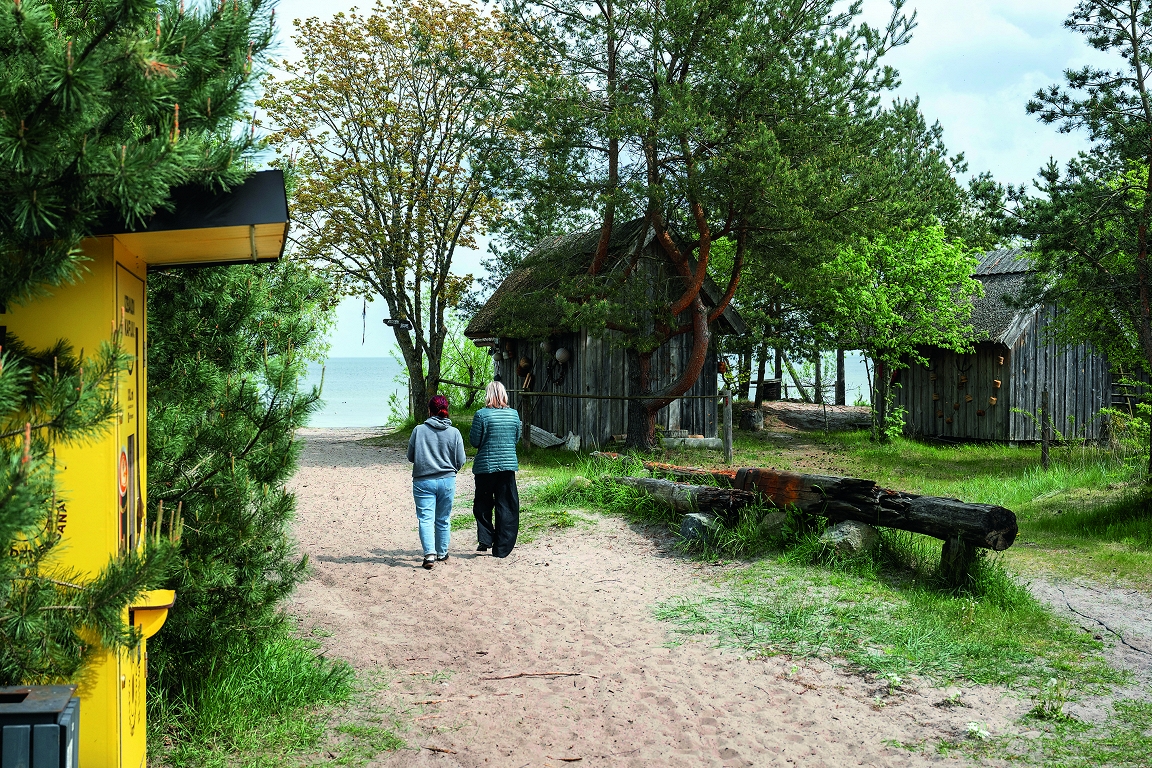Mandelstam three styles. A book about architect Paul Mandelstam / Day

The most important of Latvian Jewish architects – telling about their new book Architect Paul Mandelstama Third Style, says architectural historian, Latvian magazine Architecture Editor -in -chief, author of several popular architecture of Riga (including Riga, which is not (1998) and History of the Future of Riga (2023)) Jānis Lejnieks.
Always open
Paul Mandelstam (1872-1941) was one of the most prominent builders of his generation, an architect who has worked freely in several styles, leaving Riga houses that decorate it today, starting with Latvian Radio building at Dome Square 8, originally bank building, Among them, the Jewish club building on Skolas Street 6. Bauhaus The style or functionalism that gained a new name – internationalism in the 1930s. « Mandelstam was always open in his attitude towards new shapes that came and left Latvian construction. The international style was the highest in the values scale of the Jewish architect and the last in his tragic life, » writes Janis Lejnieks. In July 1941 (no accurate news) at the time, prominent Latvian architect Paul Mandelstam was killed in the Holocaust.
The book describes the almonds’ life and work, his designed buildings, as well as a broad insight into this architectural style in connection with the history of Latvia. Paul Mandelstam was born on September 6, 1872 in the family of the merchant. The first Jew in Russia, who graduated from the University of Moscow as early as 1819, Leon Mandelstam was also born in Jagaree and wrote: « Although our mesh belongs to the Vilnius province, it is spiritually different with the enlightenment of Kurzeme, and therefore I have a habit of considering and calling myself Kurzeme. » Paul Mandelstam studied at the Riga Polytechnic Higher Education Institution, which was transformed into Riga Polytechnic Institute in 1896. He posted in the mechanics department for two years, he entered the Architecture Department. Paul Mandelštam’s private testimony has survived, Jānis Lejnieks quotes Laura Leicinger’s undergraduate Architect Paul Mandelstam The assumption that the prospective architect has not been particularly sociable. The Institute’s Mandelstam graduated from 1898.
The historian of architecture, academician Jānis Krastiņš has highlighted the Mandelstama in the action of a attentive follow -up to the current phenomena of architectural development of his time and sensitive response to them. At the beginning of the architect, three tram depots were built after the Mandelstama projects, which still functions today, for example, the depot in Augusta Spāriņa (formerly typographicals), built in 1903. One of the most beautiful Art Nouveau buildings in Mandelstama’s legacy is the residential house at 23 Kalēju Street, the corner of Kalēju and Jānis Street. « Surprisingly fresh, childish and lovely, » Jānis Lejnieks describes the house. « The small and lovely building, unlike Eisenstein’s Art Nouveau Homes on Alberta Street, overflowing with female figures and masks, is lightweight and playful. portal. «
The greatness of the building
Mandelstam was mostly designed for Jews, but he also had Latvian customers. G. Liepiņa’s house at 35 Artillery Street, which resembles a modernized ancient Latvian castle, was designed by the new architect Mandelstam in 1908. Jānis Krastiņš described the house as a building designed for Latvian national romanticism. With an idealized image of an ancient Latvian castle, a residential building at 70 Lacplesa Street (1907) associated architect Eizen Laubem (1880-1967).
What is the main and decisive radio home building (built as Riga Commercial Bank), asks Jānis Lejnieks and replies: « The greatness of the building. The bank marked a change in the Old Town and demonstrated the importance of money and power that begins with a grand architectural base and ends with a picturesque image. The spiritual dominance of the Cathedral, the largest church in the Baltics.
Until the First World War in the Old Town, two banking houses and four department stores, as well as a number of rental houses and mansion, had already been built in Mandelstam projects. During the independence of Latvia, the architect turned to functionalism, « get rid of historical styles and no longer look for impressions in the past ». « His visually appealing houses were so different from the buildings of previous styles that some of the public rejected them, » Jānis Lejnieks writes in the book. Trust Bauhaus The ideals (the shape follows the function, less is more, the truth is determined by the materials) Mandelstam also retained in the authoritarian Latvia, where neoeclism flourished. The embodiment of welfare of the 1930s and a hrestomatic model of functionalism is the rental house at 97 Brivibas Street.






